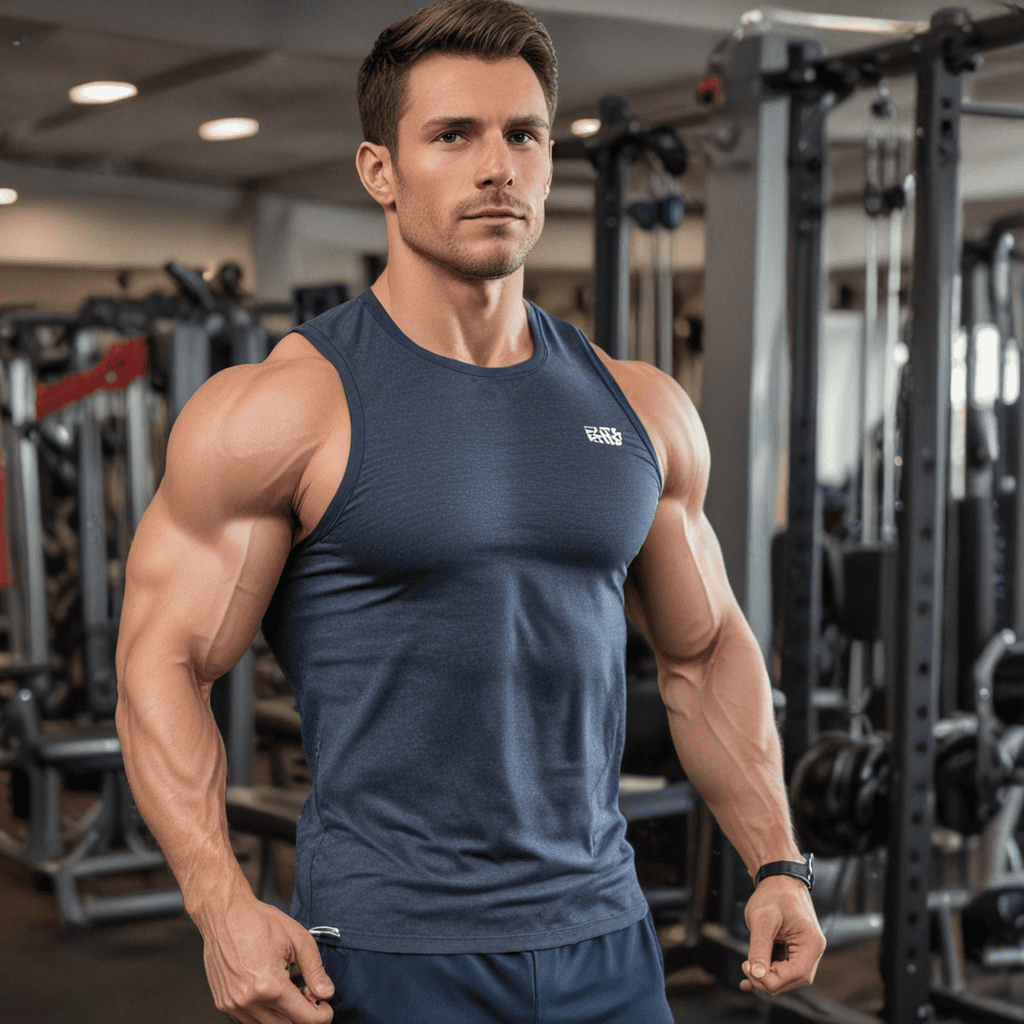
Cardiovascular Exercises for Enhanced Muscle Size
I. Introduction
Enhancing muscle size necessitates a comprehensive approach that encompasses both resistance training and cardiovascular exercise. While resistance training directly targets muscle groups, cardiovascular exercise provides essential benefits that contribute to muscle growth. This article explores the physiological mechanisms behind cardiovascular exercise's impact on muscle size and provides guidance on incorporating it into a muscle-building program.
II. Understanding the Physiology of Muscle Growth
Muscle growth occurs through a process called muscle protein synthesis, which involves the repair and rebuilding of muscle tissue. Cardiovascular exercise enhances muscle growth by facilitating nutrient delivery and optimizing post-workout recovery. During exercise, the increased blood flow transports oxygen and nutrients to muscle cells, providing the essential building blocks for protein synthesis. Additionally, cardiovascular exercise promotes the release of growth hormones, further supporting muscle repair and growth.
III. Types of Cardiovascular Exercises for Muscle Growth
Various forms of cardiovascular exercise can contribute to muscle growth, including:
Running: A high-impact exercise that effectively elevates heart rate and promotes nutrient delivery to muscles.
Cycling: A low-impact option that minimizes joint stress while engaging large muscle groups, including quadriceps, hamstrings, and glutes.
Swimming: A full-body exercise that utilizes all major muscle groups in a low-impact setting, reducing the risk of injuries.
- Aerobic Classes: Group fitness classes such as Zumba, aerobics, and spin classes provide a structured environment for cardiovascular exercise, fostering motivation and accountability.
VI. The Role of Resistance Training
Resistance training remains the cornerstone of muscle growth, stimulating muscle protein synthesis directly. However, cardiovascular exercise complements resistance training by enhancing nutrient delivery, oxygenation, and growth hormone release. Integrating both forms of exercise synergistically optimizes muscle growth potential.
VII. Recovery and Nutrition
Adequate rest and nutrition are crucial for muscle growth. Cardiovascular exercise accelerates recovery by promoting blood flow and reducing muscle soreness. Post-workout refueling with protein and carbohydrates replenishes energy stores and supports muscle repair.
VIII. Cardio Exercise Variations
Incorporating variety into cardiovascular exercise can enhance motivation and prevent plateaus. High-intensity interval training (HIIT), fartlek training, and circuit training offer effective alternatives to traditional cardio. HIIT alternates between short bursts of high-intensity exercise and rest periods, maximizing calorie burn and hormone release. Fartlek training involves varying exercise intensity and duration spontaneously during a workout. Circuit training combines multiple exercises into a continuous circuit, alternating between cardio and strength-based movements.
IX. Benefits Beyond Muscle Size
Beyond muscle growth, cardiovascular exercise provides numerous health benefits. It strengthens the cardiovascular system, improves respiratory function, and enhances mobility. Regular cardio exercise reduces the risk of chronic diseases, improves cognitive function, and promotes overall well-being.
X. Conclusion
Incorporating cardiovascular exercise into a muscle-building program is essential for maximizing results. By understanding the physiological mechanisms involved and adhering to recommended intensity, duration, and progression guidelines, individuals can harness the benefits of cardiovascular exercise for enhanced muscle growth and overall health.
FAQ
- How often should I do cardiovascular exercise for muscle growth?
Aim for 2-3 cardiovascular exercise sessions per week, lasting 30-60 minutes each.
- What is the best time to do cardiovascular exercise for muscle growth?
Cardiovascular exercise can be performed before or after resistance training, depending on personal preference and fitness level.
- Can I lose fat and gain muscle simultaneously?
Yes, combining cardiovascular exercise with a calorie-controlled diet and proper resistance training can facilitate both fat loss and muscle gain.


